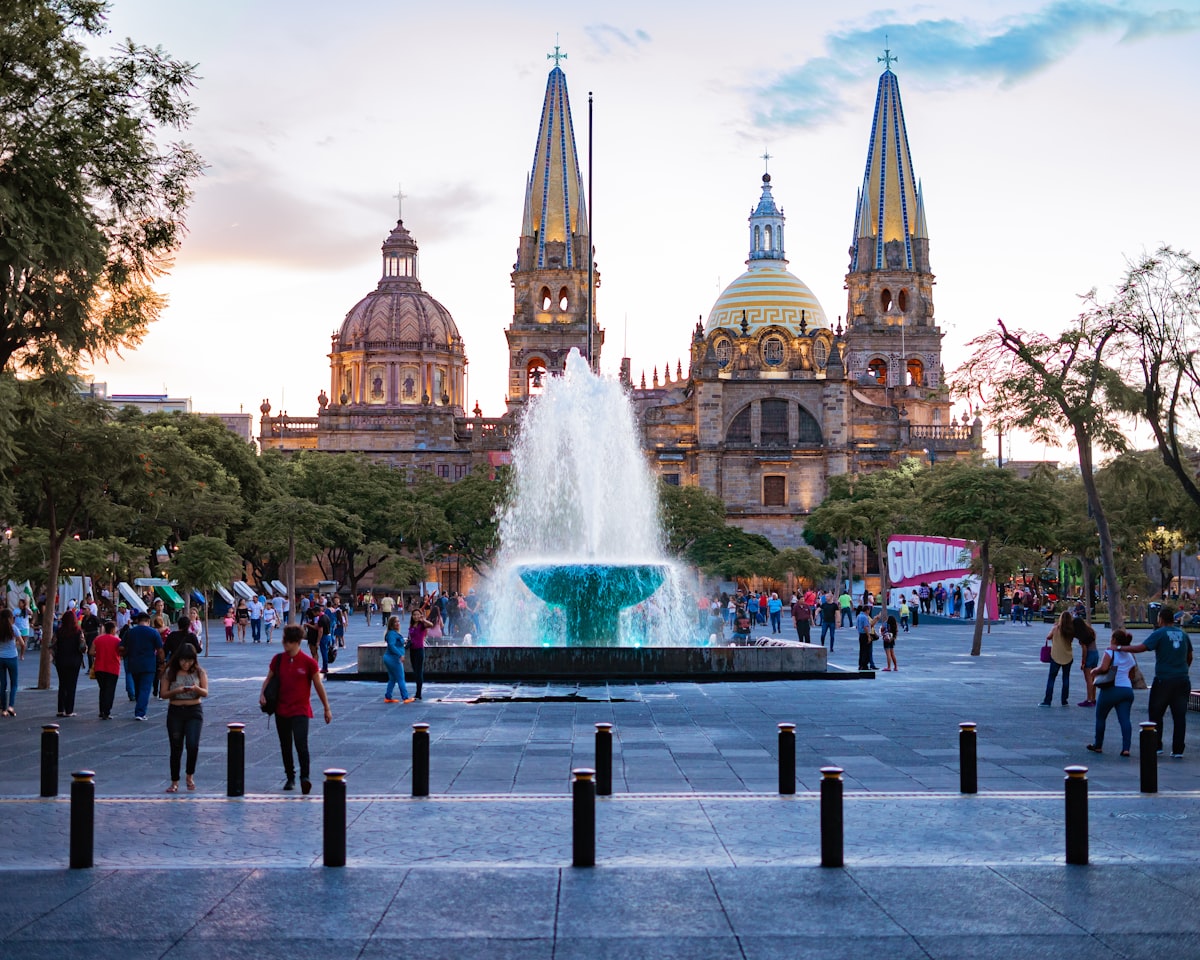UAG researches how to create Covid-19 safe public spaces
Developing the research "Public space and sustainable urban mobility", seeks to find out how to create safe public spaces of Covid-19 and promote the encounter between the inhabitants in the streets of the Metropolitan Zone of Guadalajara.





